
Dave Camire
NCS President, NGC Finalizer
and NGC Mint Error Expert
QUESTION:
What is the difference between a Partial collar, Broadstruck, Uncentered Broadstruck, and an Off center coin?
ANSWER:
To better understand how each occurs, let's begin with how a coin is normally struck using a horizontal press with a simple feed system (not a wheel). A planchet is feed in and deposited into the coining chamber, which is within the collar and resting on the reverse die. The obverse die is then lowered into the chamber exerting force onto the planchet and outward into the collar. The metal is forced into the obverse, reverse, and collar dies imparting an image on all three sides. The obverse die then retreats upward out and away from the collar and reverse dies. Following this, the reverse die raises upward just enough to become level with the table of the collar. This allows for the feeder finger to be able to push (eject) the coin from the coining chamber. (Photo #1)
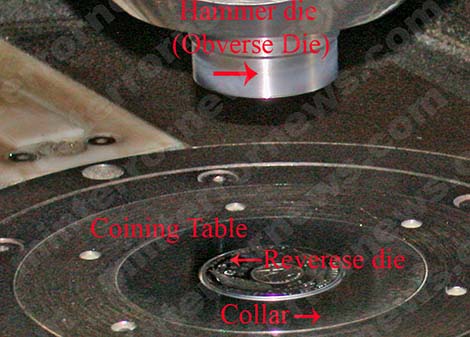
Photo 1
So, what can go wrong? First, the reverse die can fail to properly reset where it will remain either partially or fully raised inside the collar. Collars come in a variety of types including plain, reeded (Photo #2), lettered, engrailed, etc. Since only part of the planchet is retained within the collar, the other part will be able to spread out. The amount of spread will vary depending on how much of the collar the planchet meets and the force of the strike. Also, the partial collar can either be level (looking like the wheel of a train and thus the nickname "railroad rim") [Photos #3,4,5,6] or tilted.
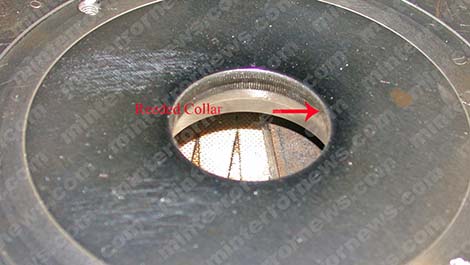
Photo 2
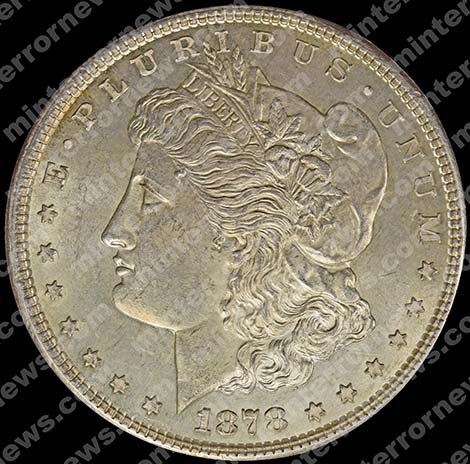
Photo 3
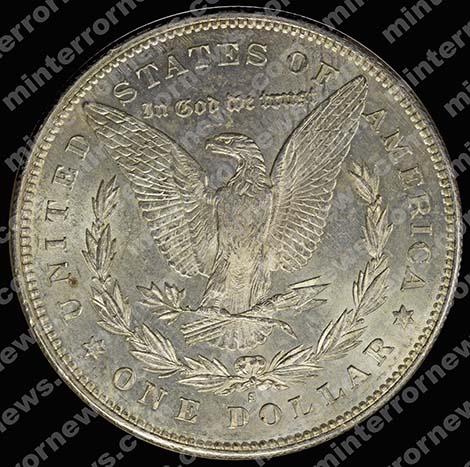
Photo 4
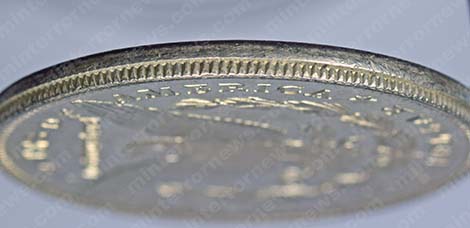
Photo 5
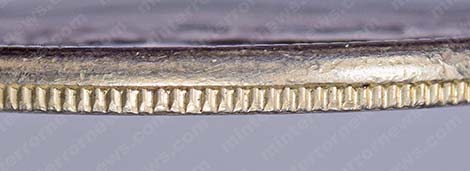
Photo 6
Should the reverse die fail to retreat down into the collar and stay level with the coining table there will be nothing to stop the outward flow of metal when the obverse and reverse dies come together. This would result in a coin being Broadstruck. Strictly speaking then, a Broadstruck coin will not have any collar impressions. (Photo #7,8,9,10,11) For a broadstruck coin, the planchet must be centered, mostly if not entirely, on the reverse die.
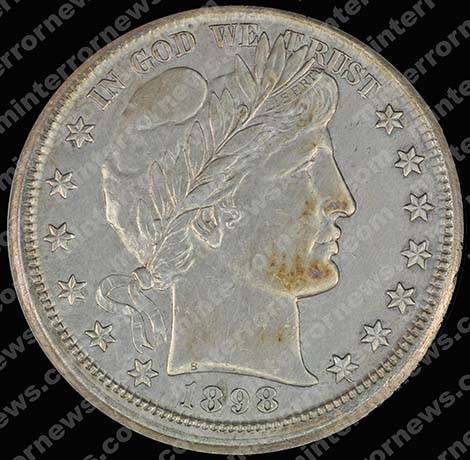
Photo 7
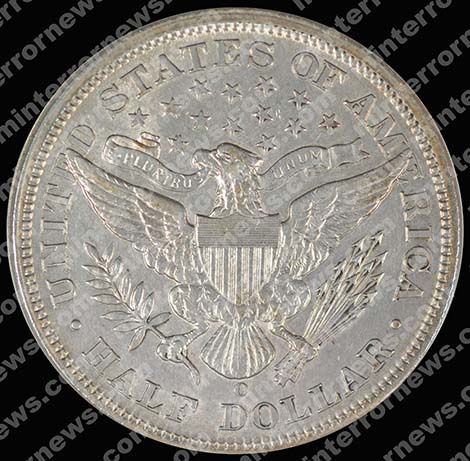
Photo 8
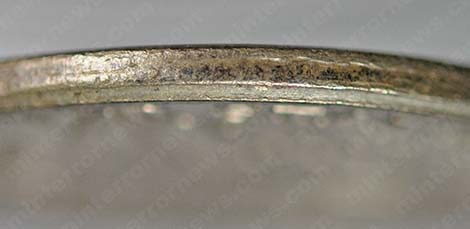
Photo 9
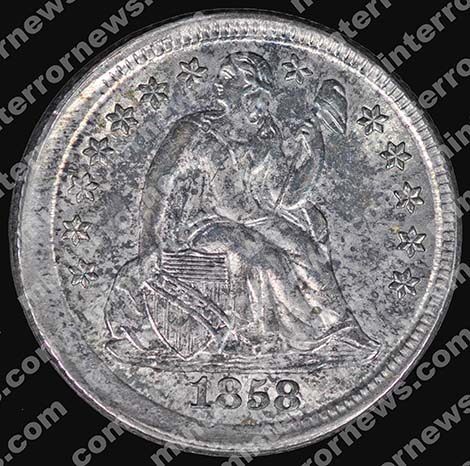
Photo 10
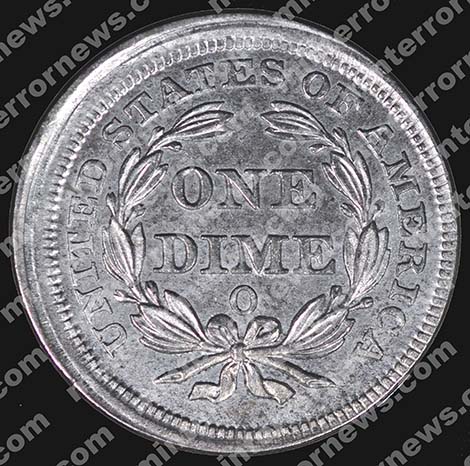
Photo 11
It is easy to see that if a coin is perfectly centered on the reverse die and is struck without a collar, the coin will still have all the details of the obverse and reverse dies. But, If the planchet is uncentered the resulting coin may lack some details or appear slightly off center. This coin would be referred to as an Uncentered Broadstruck. (Photo #12,13,14,15)
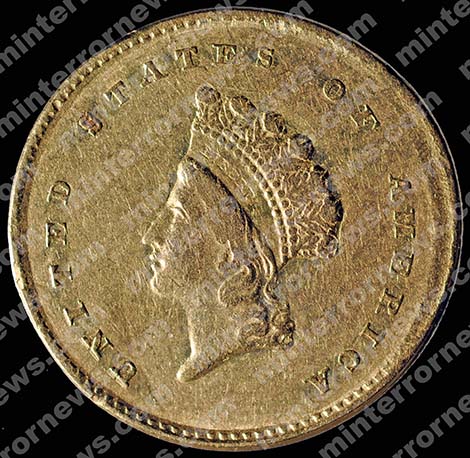
Photo 12
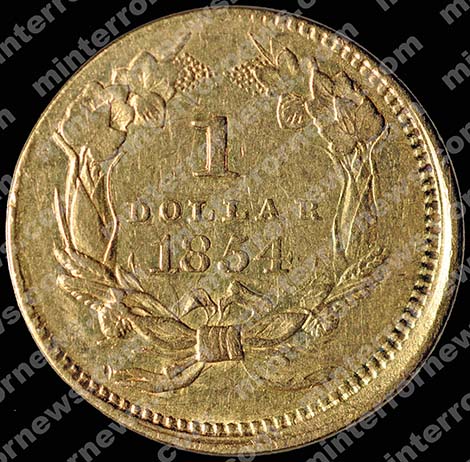
Photo 13
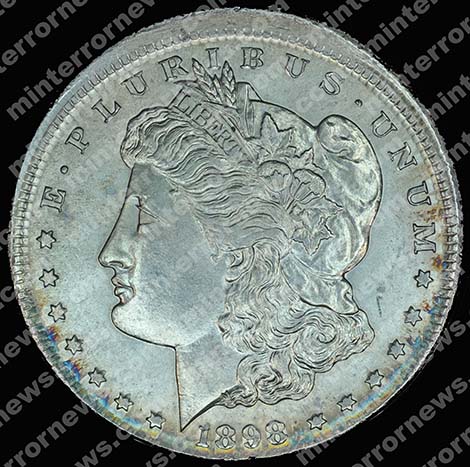
Photo 14
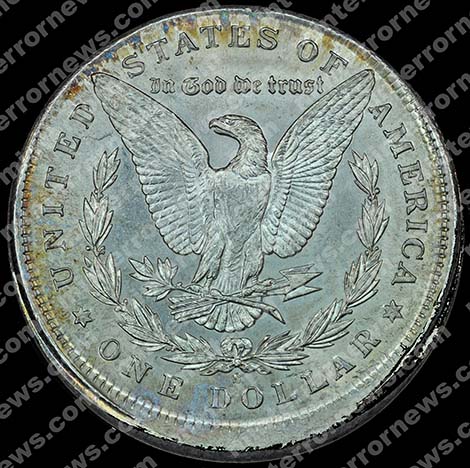
Photo 15
This is where things get a little tricky. At a certain point, it can be debated as to whether the coin is an Uncentered Broadstruck or Off-center. Technically, if there is any missing design, then the coin is technically an off center. Most coins are labeled on their appearance. So, the next time you see a coin labeled an Uncentered Broadstruck that is technically a minor off center you'll know that the description was based on the appearance of the coin not on its technical merit.
Last is an off center coin. (Photo 16,17,18,19) As we have just stated, it is a coin that was not fully struck between both dies (and without a collar). Normally, the percentage that coin is off center is determined by the unstruck or "blank" portion. It is labeled as a percentage usually in 5-degree intervals (from 5% to 95%). If a coin is less than 5% then normally it is just labeled "Off center". Technically, the percentage off center is an approximation as the rim of the coin may or may not be counted in the determination since it is not always clearly visible or discernible. Additionally, off center coins can be described by their clock position. It is determined by the direction of the strike as it relates to its position on a clock.
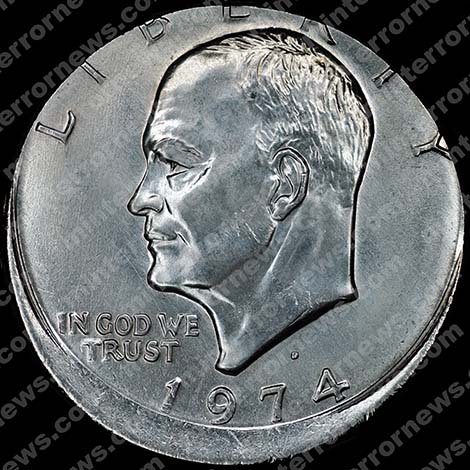
Photo 16
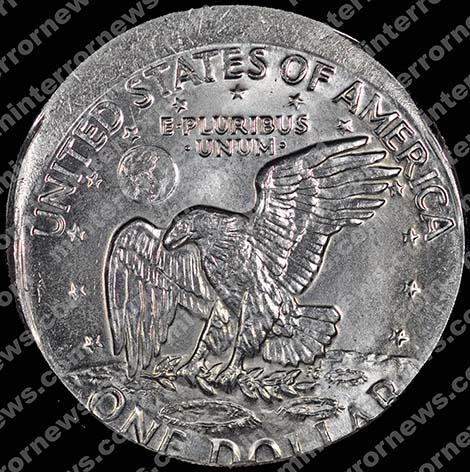
Photo 17
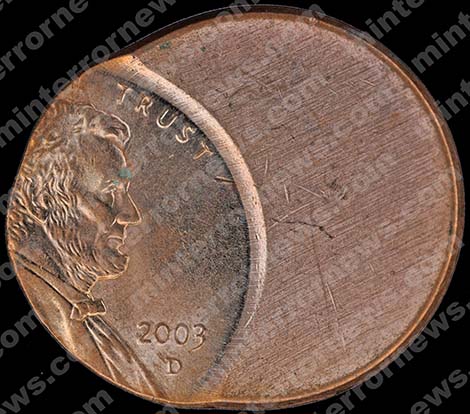
Photo 18
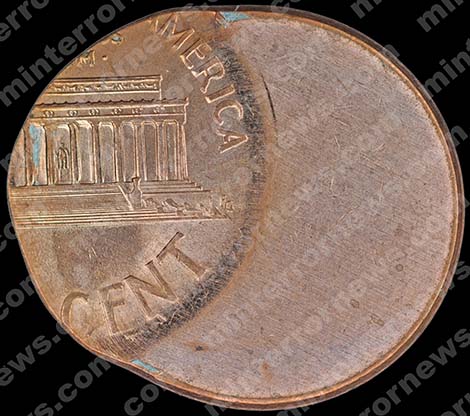
Photo 19
These two photos illustrate how an off center occurs. In the first photo (A) we see a planchet that was feed into the coining press correctly and is seated in the collar and resting on the reverse die. Next, the Obverse (Hammer) die will drop down and strike the coin within the collar. The second photo (B) illustrates what can occur when a coin is struck off center. In this case the planchet was "overfed" and instead of being "dropped" or deposited in the collar on the reverse die, it rests mostly on the coining table and partially over the collar. When the Obverse (Hammer) die drops down, the resulting coin will have been struck "off center".
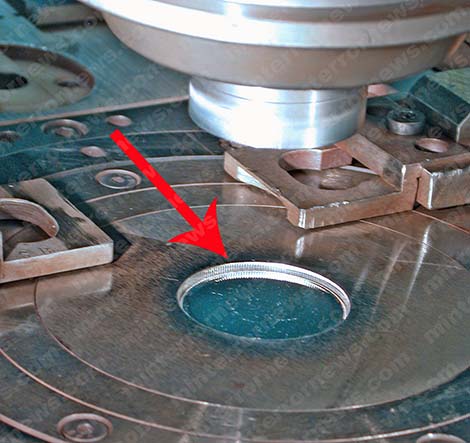
Photo A
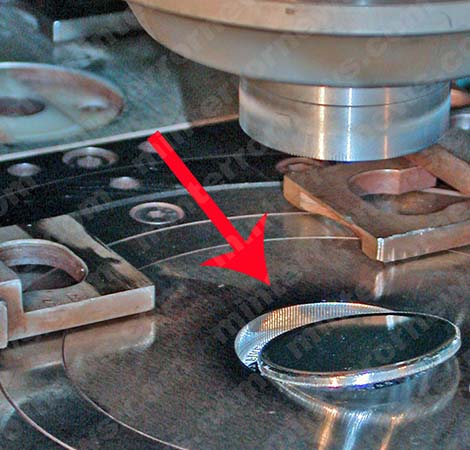
Photo B


